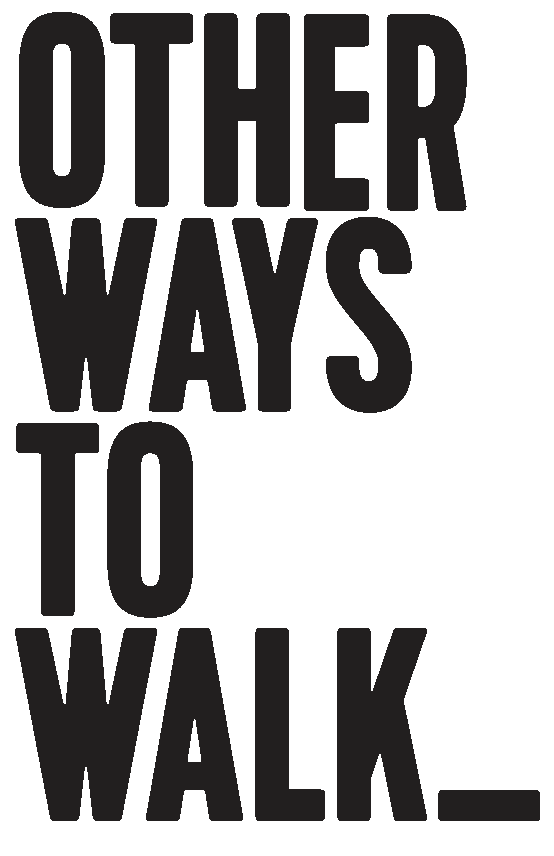Urban Nature Connection for the wellbeing of people and planet
There are lots of indicators that our relationship with nature is breaking down as our urban lives become faster paced, cocooned from the impacts of our own wasteful consumerist behaviours and attitudes; we only need to consider climate change or the crisis of biodiversity loss to see this is true. Simultaneously, antidepressant prescriptions in the UK have almost doubled in ten years and severe mental illness is on the rise with more young people being particularly susceptible.
I have led nature connection workshops in cities, towns and car parks. Nature encroaches everywhere, with weeds taking root in cracked concrete, peregrine falcons roosting in tower blocks and urban foxes screeching at night. With a little more attention we can wonder at the miniature worlds in mosses on walls, find beautiful patterns in snail shells or discover entire ecosystems of insects and birds in urban trees.
I love sharing these secrets with city-dwellers, planting those seeds of curiosity and fascination, that might eventually lead to people protecting their own little corner of natural habitat in their garden or park. Pockets of nature in window-boxes, verges and gardens bring butterflies, even the smallest garden pond attracts newts and dragon flies helping to protect biodiversity.

